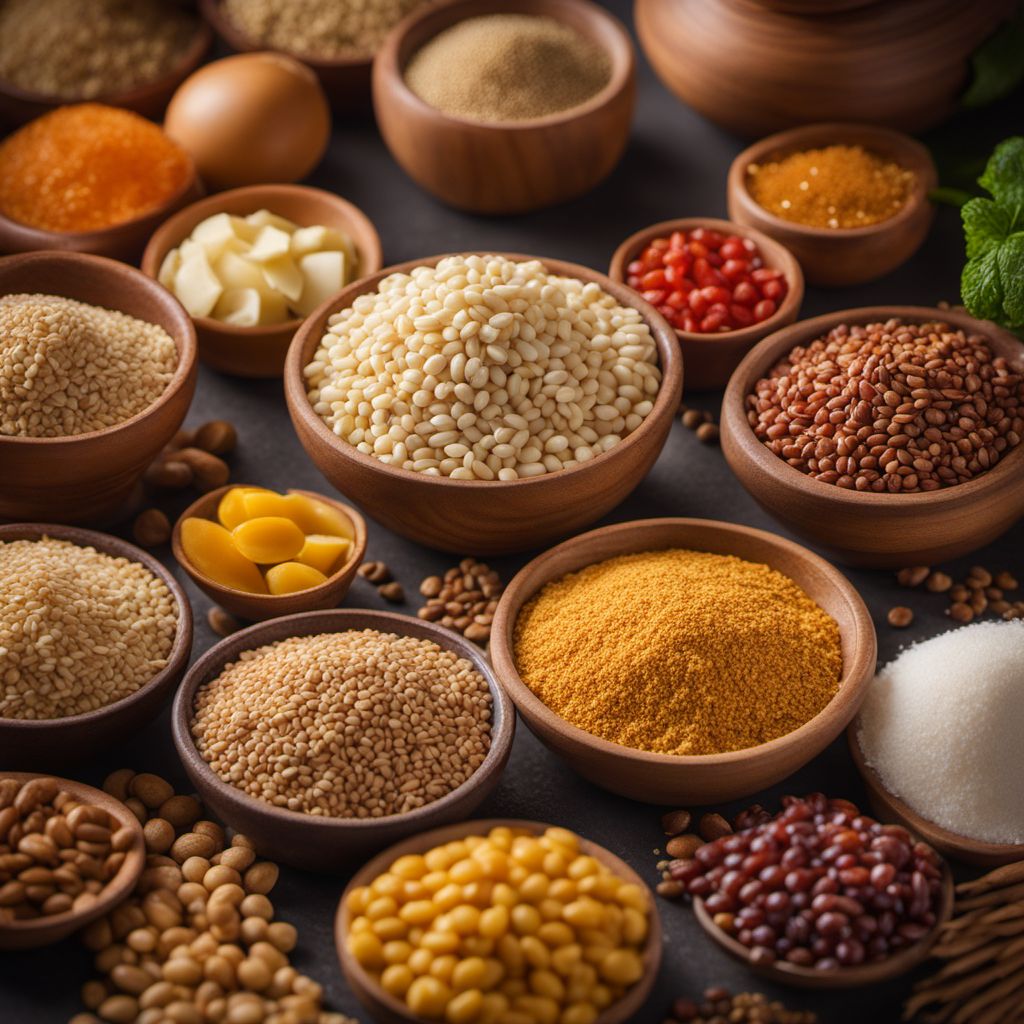
Ingredient
Mixture of grains
The Wholesome Symphony: Exploring the World of Mixed Grains
A mixture of grains is a combination of different types of grains, such as rice, quinoa, barley, and millet, among others. This blend offers a diverse range of textures, from chewy to tender, and a medley of flavors, from nutty to earthy. The appearance of a mixed grain blend can vary depending on the grains used, but it often showcases a beautiful array of colors and shapes. This ingredient is known for its nutritional value, providing a rich source of fiber, vitamins, minerals, and complex carbohydrates.
Origins and history
The concept of mixing grains has been practiced for centuries in various cultures around the world. In many ancient civilizations, such as in the Middle East and Asia, mixing different grains was a way to maximize nutritional benefits and create balanced meals. This tradition continues to be embraced today, with mixed grain blends becoming popular in modern cuisine.
Nutritional information
A mixture of grains is a nutritional powerhouse, providing a good source of fiber, essential vitamins (such as B vitamins), minerals (such as iron and magnesium), and energy-rich complex carbohydrates.
Allergens
Some mixed grain blends may contain gluten-containing grains, such as wheat or barley, which can be allergens for individuals with gluten sensitivities or celiac disease.
How to select
When selecting a mixed grain blend, look for a variety that suits your taste preferences and dietary needs. Consider the cooking time required for each grain in the blend and choose a mixture that aligns with your desired texture. Additionally, opt for organic or non-GMO options for a healthier choice.
Storage recommendations
To maintain the freshness and quality of a mixed grain blend, store it in an airtight container in a cool, dry place. Avoid exposure to moisture, as it can cause the grains to spoil or become moldy.
How to produce
Amateur cooks can create their own mixture of grains by combining different types of grains in desired proportions. Start by selecting a variety of grains, such as rice, quinoa, barley, and millet, and mix them together in a container. Store the mixture in an airtight container until ready to use.
Preparation tips
Before cooking a mixed grain blend, rinse it thoroughly under cold water to remove any debris or excess starch. To enhance the flavors, consider toasting the grains in a dry skillet before cooking. Follow the cooking instructions provided for each grain in the blend, as cooking times may vary. For added flavor, cook the grains in vegetable or chicken broth instead of water. Mixed grain blends can be used as a base for pilafs, salads, soups, or as a side dish to accompany various main courses.
Culinary uses
Mixed grain blends are incredibly versatile and can be used in a variety of dishes. They can be cooked and served as a side dish, used as a base for grain bowls or salads, incorporated into soups or stews, or even used as a stuffing for vegetables or poultry.
Availability
Mixed grain blends are commonly available in grocery stores, health food stores, and online retailers worldwide.
More ingredients from this category
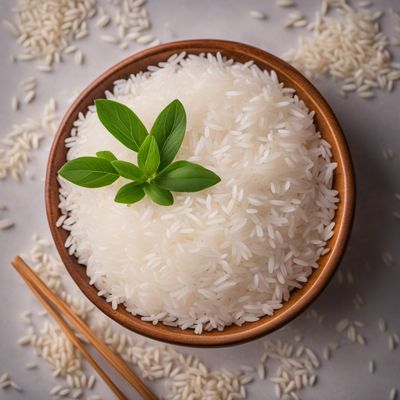
Rice and similar-
The Versatile Grain: Exploring the World of Rice
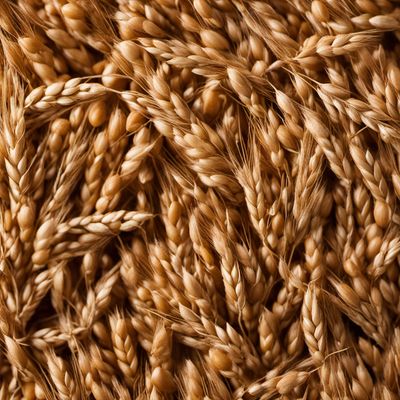
Wheat and similar-
The Tangy Jewel of Nature
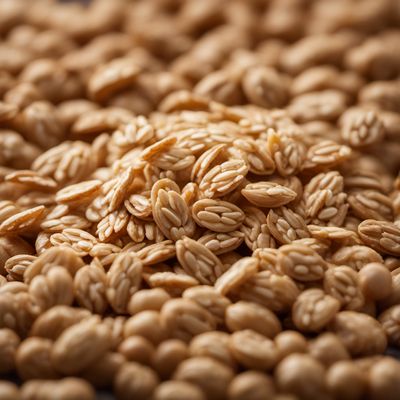
Oat and similar-
The Versatile Grain: Oats and Their Kin

Maize and similar-
Golden Grains

Rye and similar-
The Wholesome Grain: Exploring the Versatility of Rye and Similar Ingredients

Common millet and similar-
The Mighty Millet: A Versatile and Nutritious Grain

Barley and similar-
The Versatile Grain: Barley and its Varieties

Other cereals
Exploring the World of Lesser-Known Grains
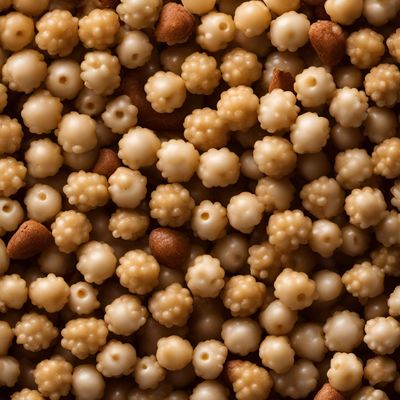
Sorghum and similar-
The Ancient Grain: Sorghum and Similar
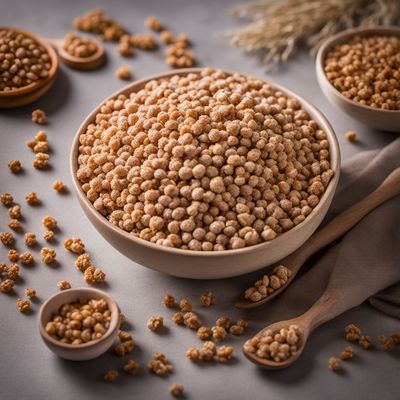
Buckwheat and other pseudo-cereals and similar-
Nutritious Grains: Unveiling the World of Buckwheat and Pseudo-Cereals